Home>Home Appliances>Home Automation Appliances>Which Is Better: Google Home Hub Or Echo Show
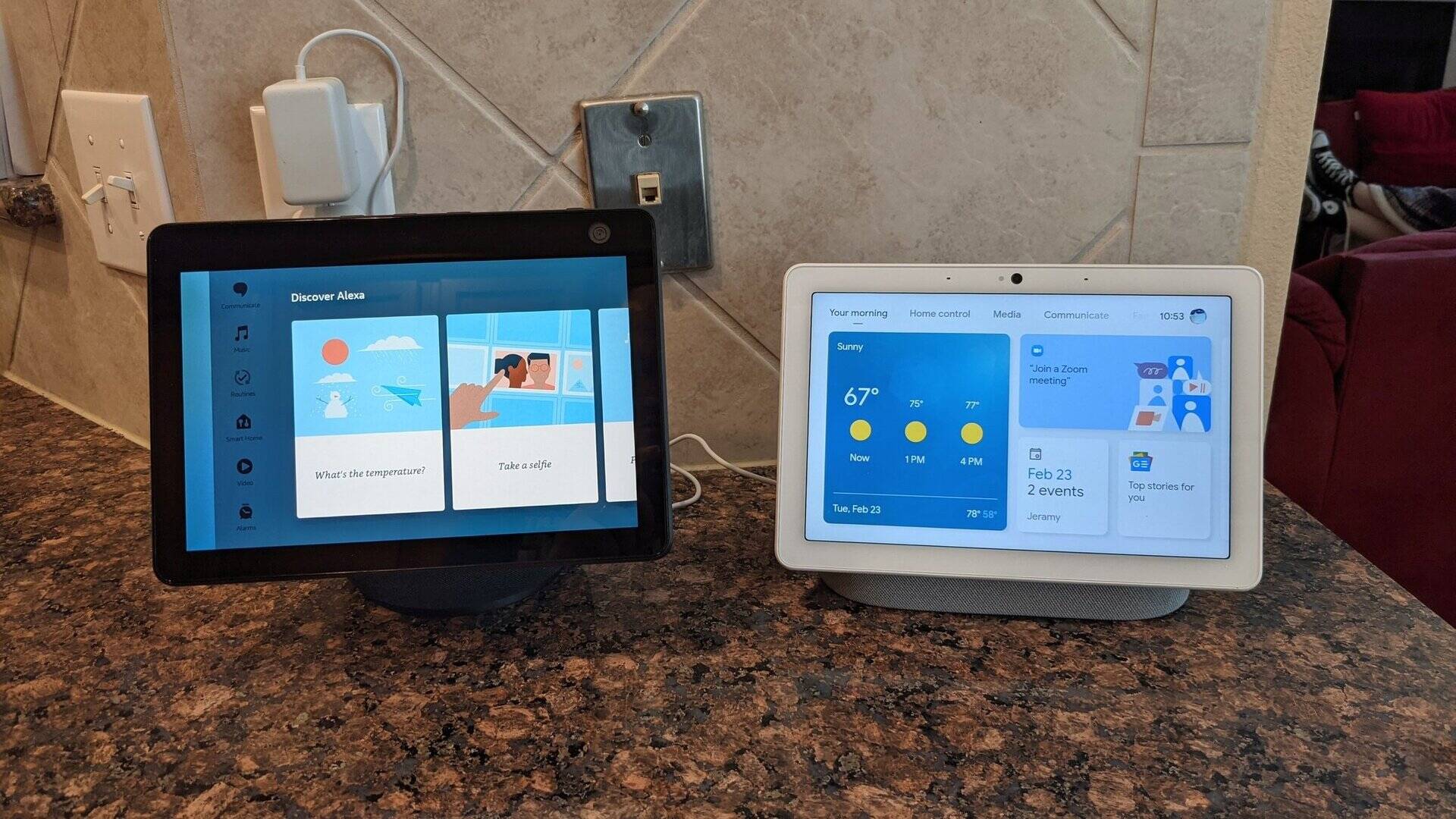

Home Automation Appliances
Which Is Better: Google Home Hub Or Echo Show
Modified: February 25, 2024
Trying to decide between Google Home Hub and Echo Show for your home automation needs? Discover the best choice for you with our in-depth comparison. Explore features, prices, and more!
(Many of the links in this article redirect to a specific reviewed product. Your purchase of these products through affiliate links helps to generate commission for Storables.com, at no extra cost. Learn more)
Introduction
Welcome to the ultimate showdown between two titans of the smart display world: the Google Home Hub and the Amazon Echo Show. These cutting-edge devices are designed to bring convenience, entertainment, and efficiency to your home, but which one reigns supreme? In this comprehensive comparison, we’ll delve into the design, display, voice assistant capabilities, smart home integration, audio quality, and camera features of both devices to help you make an informed decision.
As the battle for dominance in the smart home arena rages on, consumers are faced with an array of options, each promising to revolutionize the way we interact with our living spaces. The Google Home Hub and the Amazon Echo Show are prime examples of this technological revolution, offering a plethora of features that seamlessly blend into our daily lives. Whether you’re a tech enthusiast or a casual user, the decision between these two devices can be a daunting one. Fear not, as we’re here to dissect every aspect of these smart displays, providing you with the insights you need to make the right choice for your home.
So, sit back, relax, and let’s embark on a journey through the realms of smart home innovation, as we unravel the mysteries of the Google Home Hub and the Amazon Echo Show, and discover which one deserves a place of honor in your abode.
Key Takeaways:
- Google Home Hub offers privacy-focused design, vibrant 7-inch display, and seamless Google Assistant integration, ideal for users valuing simplicity and unobtrusiveness in their smart display.
- Amazon Echo Show features a larger 10.1-inch HD display, robust audio performance, extensive Alexa integrations, and a front-facing camera, catering to users seeking immersive multimedia experiences and enhanced smart home functionalities.
Read more: Which Is Better: Google Home Vs. Amazon Echo
Design and Build Quality
When it comes to design and build quality, both the Google Home Hub and the Amazon Echo Show exhibit distinct characteristics that cater to different preferences.
The Google Home Hub boasts a compact and minimalistic design, featuring a 7-inch touchscreen display seamlessly integrated into a fabric-covered base. This aesthetic choice not only adds a touch of elegance to the device but also allows it to blend harmoniously with various home decor styles. The absence of a camera further enhances privacy, making it an appealing option for those concerned about security and data protection.
On the other hand, the Amazon Echo Show sports a more robust and angular design, with a larger 10.1-inch display that dominates the front fascia. The device’s build quality exudes a sense of sturdiness, and its dual 2-inch neodymium drivers deliver powerful sound, making it a compelling choice for audiophiles and those who prioritize audio performance. Additionally, the inclusion of a 5-megapixel front-facing camera opens up possibilities for video calls and home security monitoring.
Ultimately, the decision between the two devices boils down to personal preferences. If you prioritize a sleek and unobtrusive design with a focus on privacy, the Google Home Hub may be the ideal choice for you. Conversely, if you value a larger display, robust audio capabilities, and the convenience of a built-in camera, the Amazon Echo Show might better suit your needs.
Display
The display is a pivotal aspect of any smart home device, serving as the primary interface for interactions and visual content consumption. In the case of the Google Home Hub and the Amazon Echo Show, both devices offer compelling display features tailored to different user preferences.
The Google Home Hub’s 7-inch touchscreen display boasts vibrant colors and sharp visuals, making it ideal for viewing photos, watching videos, and accessing visual information with ease. Its Ambient EQ technology dynamically adjusts the display’s color temperature based on the surrounding lighting conditions, providing a natural and comfortable viewing experience. Additionally, the absence of a camera contributes to a seamless and unobtrusive display, ensuring privacy-conscious users feel at ease in their homes.
Conversely, the Amazon Echo Show’s 10.1-inch HD display delivers a larger canvas for immersive visual experiences, making it well-suited for activities such as recipe browsing, video streaming, and video calling. The adaptive color technology optimizes the display based on the ambient light, ensuring content remains vivid and clear in various lighting environments. Furthermore, the inclusion of a camera enhances the device’s versatility, enabling seamless video calls and adding a layer of security and convenience through home monitoring capabilities.
Ultimately, the choice between the two displays hinges on individual preferences and specific use cases. If you prioritize a compact and privacy-oriented display with impressive color accuracy, the Google Home Hub’s 7-inch screen may be the perfect fit for your needs. Conversely, if you seek a larger canvas for multimedia consumption, video calls, and home monitoring, the Amazon Echo Show’s 10.1-inch HD display offers a compelling proposition.
Voice Assistant
At the heart of the Google Home Hub and the Amazon Echo Show lies the intelligence and functionality of their respective voice assistants, each offering a unique set of capabilities and integrations to streamline your daily routines and enhance your smart home experience.
The Google Home Hub is powered by the Google Assistant, a versatile and intuitive voice assistant that leverages Google’s extensive knowledge graph to provide accurate and contextually relevant responses to a wide range of queries. From checking the weather and setting reminders to controlling smart home devices and accessing personalized recommendations, the Google Assistant excels in understanding natural language and delivering seamless interactions. Its integration with Google services such as Maps, Calendar, and Photos further enhances its utility, allowing users to access their information effortlessly.
On the other hand, the Amazon Echo Show is equipped with Alexa, Amazon’s renowned voice assistant renowned for its robust smart home integrations and expansive skills ecosystem. Alexa’s prowess in controlling smart home devices, providing personalized news updates, and facilitating voice-based shopping experiences has solidified its position as a leading voice assistant in the market. The Echo Show’s display further amplifies Alexa’s capabilities, enabling visual responses to queries, step-by-step recipe guidance, and immersive multimedia experiences.
When it comes to choosing between the two voice assistants, it ultimately boils down to your existing ecosystem and the specific features that align with your needs. If you heavily rely on Google services and value the contextual understanding of queries, the Google Assistant offered by the Google Home Hub may seamlessly integrate into your daily routines. Conversely, if you’re deeply embedded in the Amazon ecosystem, value the extensive skills library of Alexa, and seek a voice assistant with a strong focus on smart home control, the Amazon Echo Show’s integration with Alexa may be the ideal fit for your requirements.
Consider the ecosystem you are already invested in. If you use Google services, the Home Hub may be a better fit. If you are an Amazon Prime member, the Echo Show could be a better choice.
Smart Home Integration
Seamless integration with a wide array of smart home devices is a crucial aspect of any smart display, and both the Google Home Hub and the Amazon Echo Show excel in this domain, albeit with distinct approaches and compatibilities.
The Google Home Hub leverages the Google Home app to effortlessly connect and control a myriad of compatible smart home devices, ranging from lights and thermostats to cameras and door locks. Its intuitive interface and robust compatibility with popular smart home brands make it a versatile hub for managing your connected ecosystem. Additionally, the Google Assistant’s contextual understanding and personalized routines enable streamlined control and automation of smart devices, enhancing the overall smart home experience.
Conversely, the Amazon Echo Show’s tight integration with the Alexa ecosystem positions it as a formidable smart home controller, offering compatibility with an extensive range of devices from various manufacturers. The device’s display further amplifies its smart home capabilities, allowing users to visualize camera feeds, control devices with touch interactions, and access visual feedback for voice commands. Furthermore, the Echo Show’s support for routines, skills, and voice-based interactions streamlines the management of smart home devices, catering to users seeking a comprehensive and immersive smart home experience.
When evaluating smart home integration, it’s essential to consider your existing smart home ecosystem and the specific devices you intend to control. If you prioritize a seamless integration with Google services and a wide range of compatible smart home devices, the Google Home Hub’s integration with the Google Home app and the Google Assistant may align with your preferences. Conversely, if you’re deeply entrenched in the Amazon ecosystem, value the extensive compatibility of Alexa with smart home devices, and seek a visual interface for managing your connected ecosystem, the Amazon Echo Show’s smart home integration capabilities may better suit your needs.
Read more: Alexa Or Google Home: Which Is Better
Audio Quality
When it comes to audio quality, the Google Home Hub and the Amazon Echo Show offer distinct capabilities that cater to different audio preferences and usage scenarios.
The Google Home Hub, despite its compact form factor, delivers a surprisingly robust audio experience through its full-range speaker. While it may not match the power and depth of dedicated smart speakers, it excels in producing clear vocals and balanced sound for casual music listening, podcasts, and voice interactions. Its ability to fill small to medium-sized rooms with sound makes it a versatile addition to your living space, offering an enjoyable audio experience for daily use.
On the other hand, the Amazon Echo Show’s audio capabilities shine with its dual 2-inch neodymium drivers, delivering powerful, room-filling sound with enhanced bass and clarity. Whether you’re streaming music, watching videos, or engaging in immersive multimedia experiences, the Echo Show’s audio performance stands out, making it a compelling choice for users who prioritize high-quality sound reproduction. The device’s Dolby processing further enhances the audio output, ensuring a rich and immersive listening experience.
Ultimately, the choice between the two devices in terms of audio quality depends on your specific audio preferences and usage scenarios. If you seek a compact smart display that offers balanced sound for everyday use, the Google Home Hub’s full-range speaker may suffice for your needs. Conversely, if you prioritize powerful and immersive audio experiences, the Amazon Echo Show’s dual neodymium drivers and Dolby processing present a compelling proposition, especially for music enthusiasts and multimedia aficionados.
Camera
The inclusion of a camera in smart displays introduces a myriad of functionalities, ranging from video calls and home monitoring to interactive visual experiences. In the case of the Google Home Hub and the Amazon Echo Show, the presence of a camera significantly impacts the devices’ capabilities and user experiences.
The Google Home Hub notably omits a camera, emphasizing privacy and simplicity. While this decision limits the device’s ability to facilitate video calls and home monitoring, it aligns with Google’s commitment to privacy and data security. The absence of a camera may appeal to users who prioritize privacy and seek a smart display without the potential privacy implications associated with an always-on camera in their living spaces.
Conversely, the Amazon Echo Show features a front-facing camera that enhances the device’s versatility, enabling seamless video calls through platforms like Skype and Alexa communication services. Additionally, the camera opens up possibilities for home monitoring and security, allowing users to check in on their living spaces remotely and leverage compatible smart home cameras for added peace of mind. While the inclusion of a camera introduces certain privacy considerations, it significantly expands the Echo Show’s capabilities in terms of communication and home surveillance.
When evaluating the role of the camera in smart displays, it’s essential to consider your preferences regarding communication, privacy, and home monitoring. If you prioritize privacy and seek a camera-free smart display that seamlessly blends into your living space, the Google Home Hub’s omission of a camera may align with your preferences. Alternatively, if you value the ability to engage in video calls, leverage visual communication features, and incorporate home monitoring capabilities into your smart display, the Amazon Echo Show’s inclusion of a front-facing camera offers a compelling suite of functionalities for your consideration.
Conclusion
As we draw the curtains on the showdown between the Google Home Hub and the Amazon Echo Show, it’s evident that both devices bring a wealth of features and capabilities to the table, catering to diverse user preferences and smart home ecosystems. The decision between these two titans of the smart display realm ultimately hinges on a multitude of factors, including design, display, voice assistant capabilities, smart home integration, audio quality, and the presence of a camera.
The Google Home Hub shines with its compact and minimalistic design, privacy-oriented approach, vibrant 7-inch display, and seamless integration with the Google Assistant and Google services. Its emphasis on simplicity and unobtrusiveness makes it an appealing choice for users who prioritize privacy and seek a versatile smart display for their living spaces.
On the other hand, the Amazon Echo Show boasts a robust and angular design, a larger 10.1-inch HD display, and powerful audio capabilities, making it an ideal fit for users seeking an immersive multimedia experience and seamless integration with the Alexa ecosystem. The inclusion of a front-facing camera further expands its functionalities, enabling video calls, home monitoring, and visual interactions.
Ultimately, the choice between the Google Home Hub and the Amazon Echo Show boils down to your specific needs, preferences, and existing smart home ecosystem. If you value a compact and privacy-oriented design, seamless integration with Google services, and a balanced audio experience, the Google Home Hub may be the perfect addition to your home. Conversely, if you seek a larger and more immersive display, robust audio performance, extensive smart home integrations with Alexa, and the added functionalities enabled by a front-facing camera, the Amazon Echo Show presents a compelling proposition for enhancing your smart home experience.
Whichever device you choose, both the Google Home Hub and the Amazon Echo Show stand as prime examples of the innovation and convenience that smart displays bring to modern homes, offering a glimpse into the seamless integration of technology and everyday living.
Frequently Asked Questions about Which Is Better: Google Home Hub Or Echo Show
Was this page helpful?
At Storables.com, we guarantee accurate and reliable information. Our content, validated by Expert Board Contributors, is crafted following stringent Editorial Policies. We're committed to providing you with well-researched, expert-backed insights for all your informational needs.

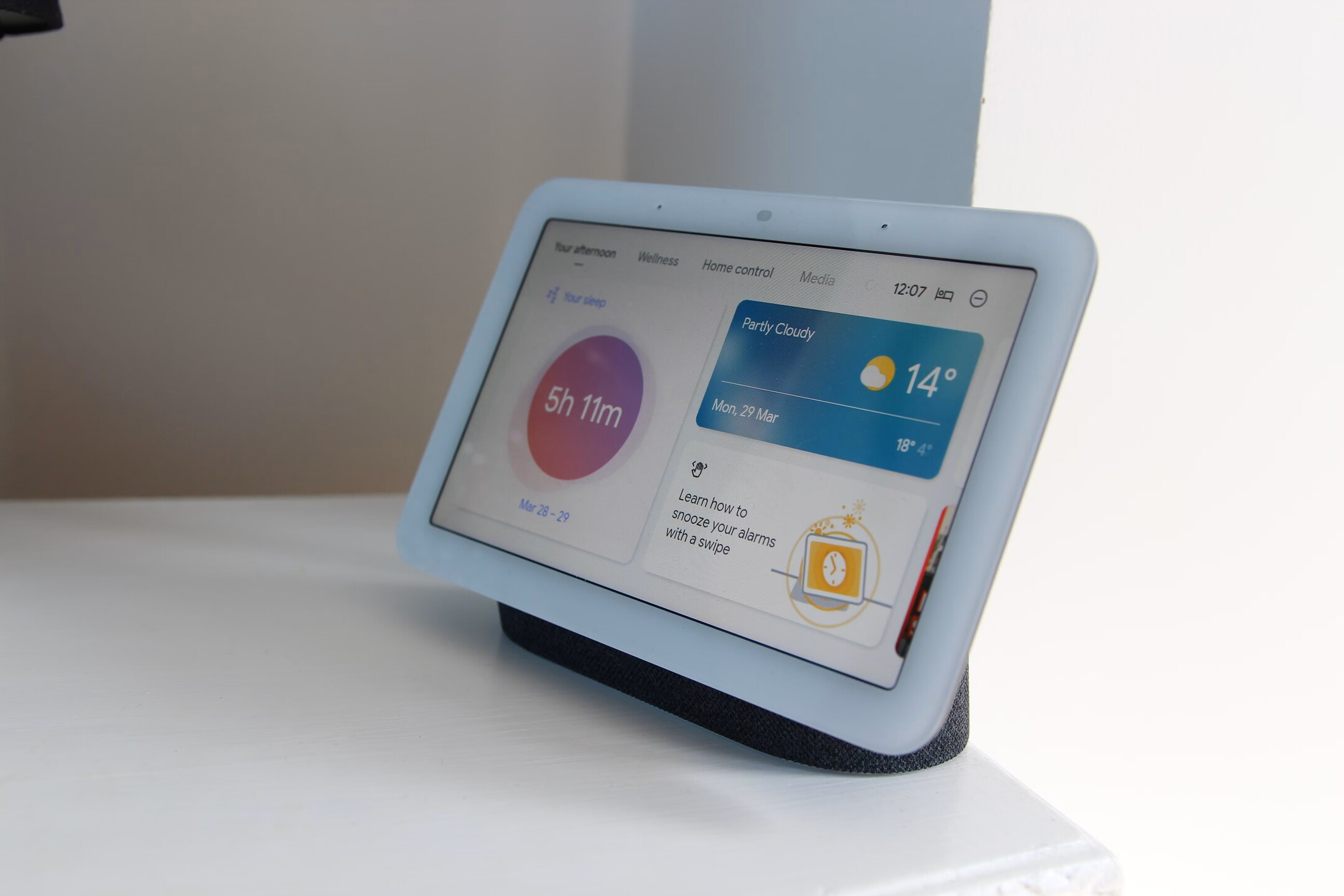
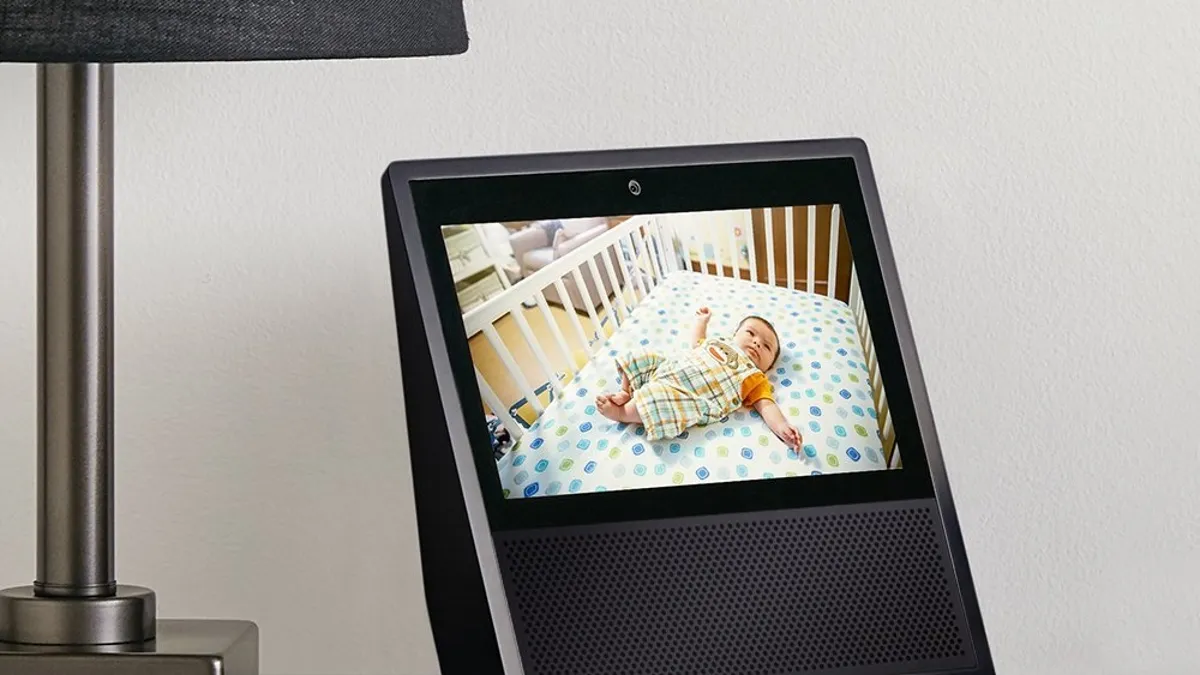
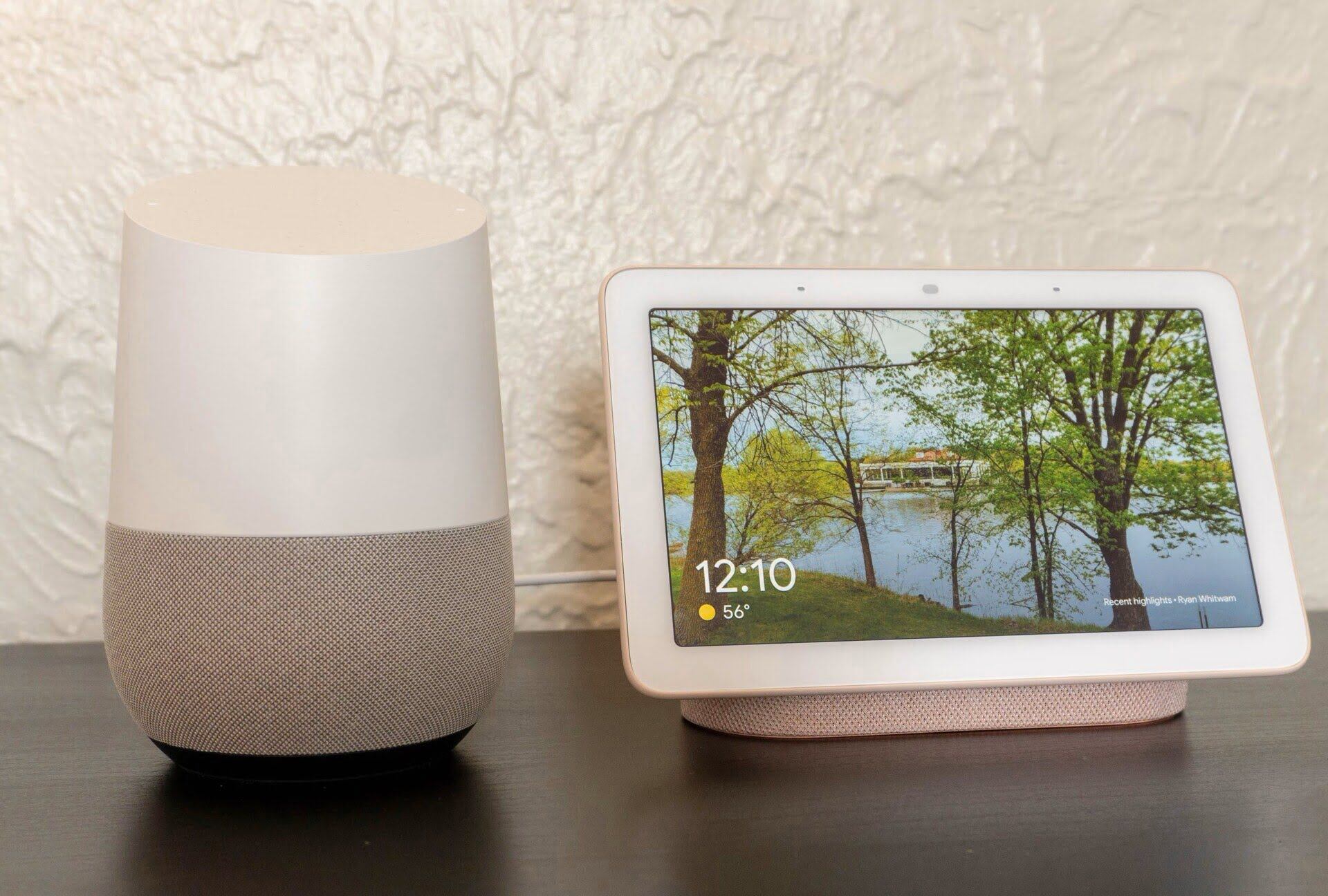
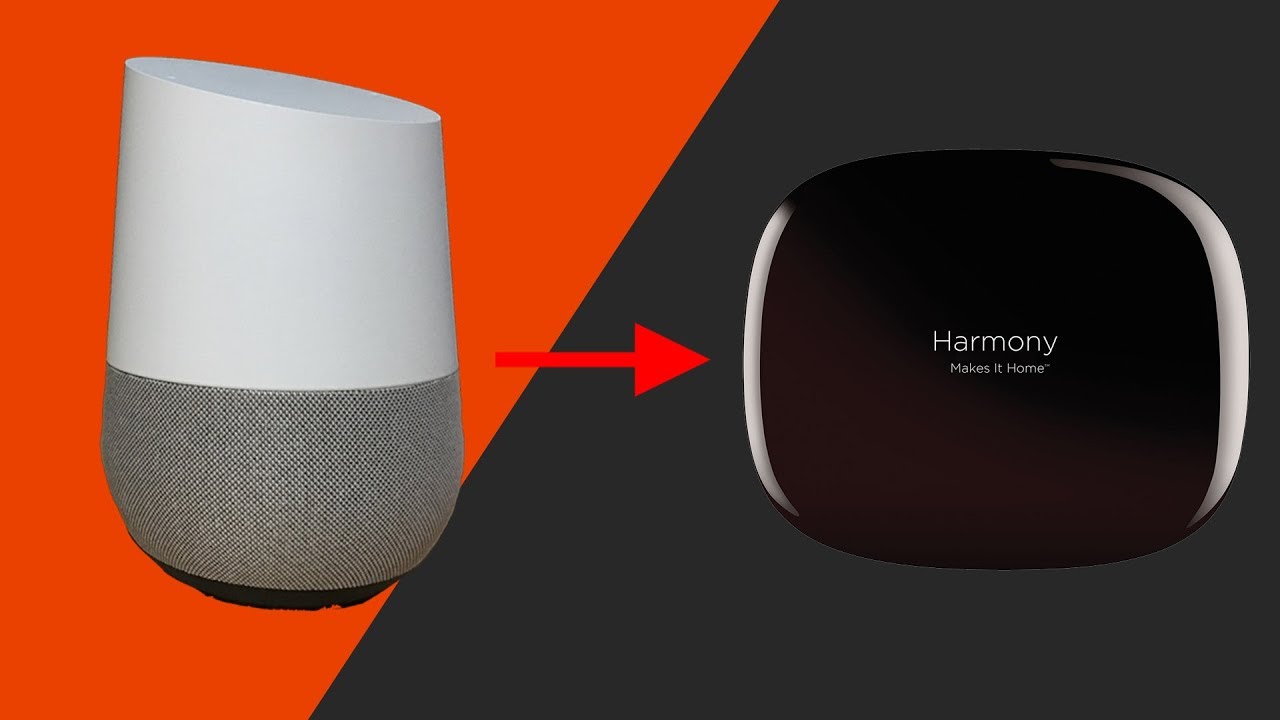

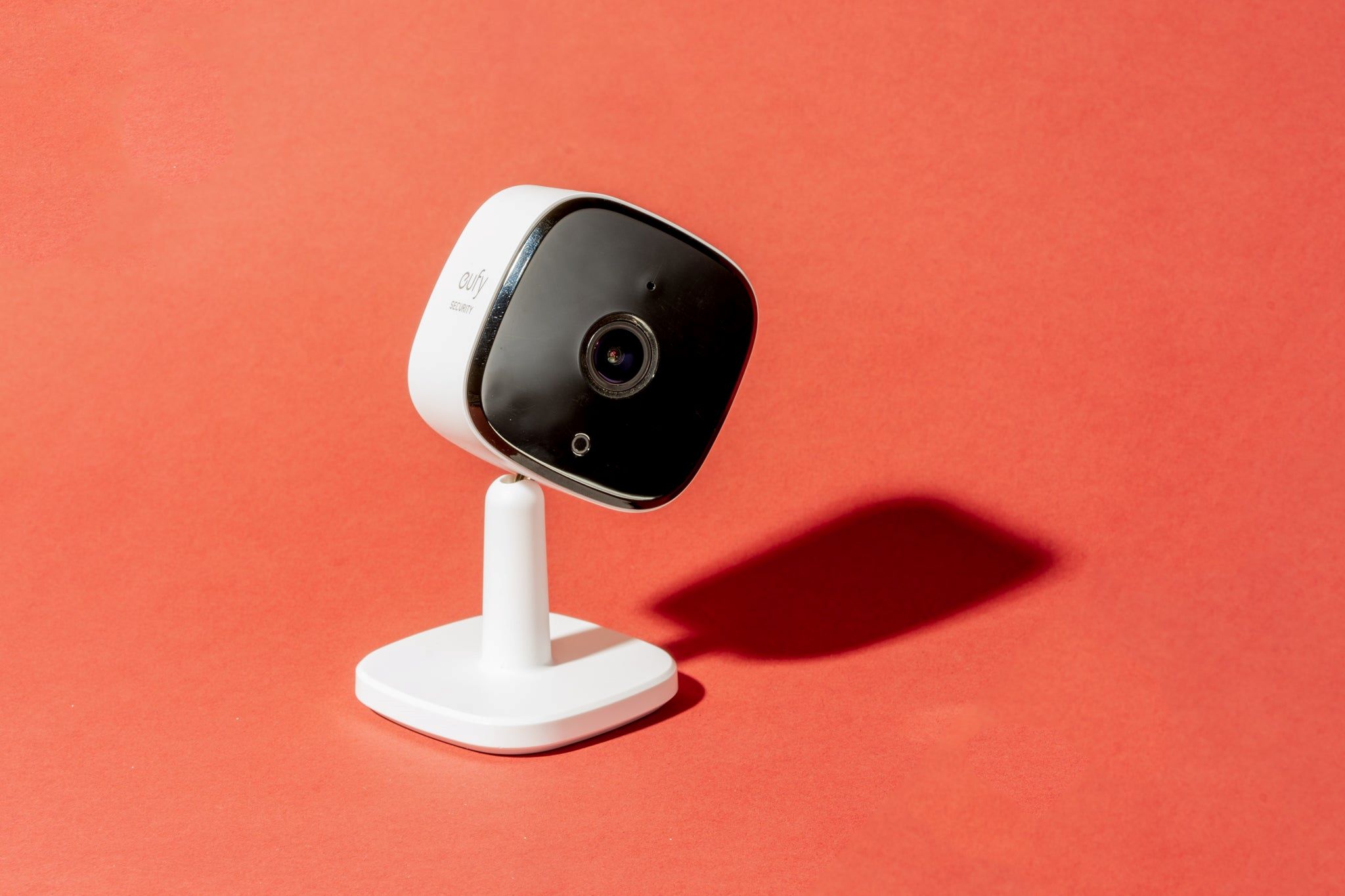
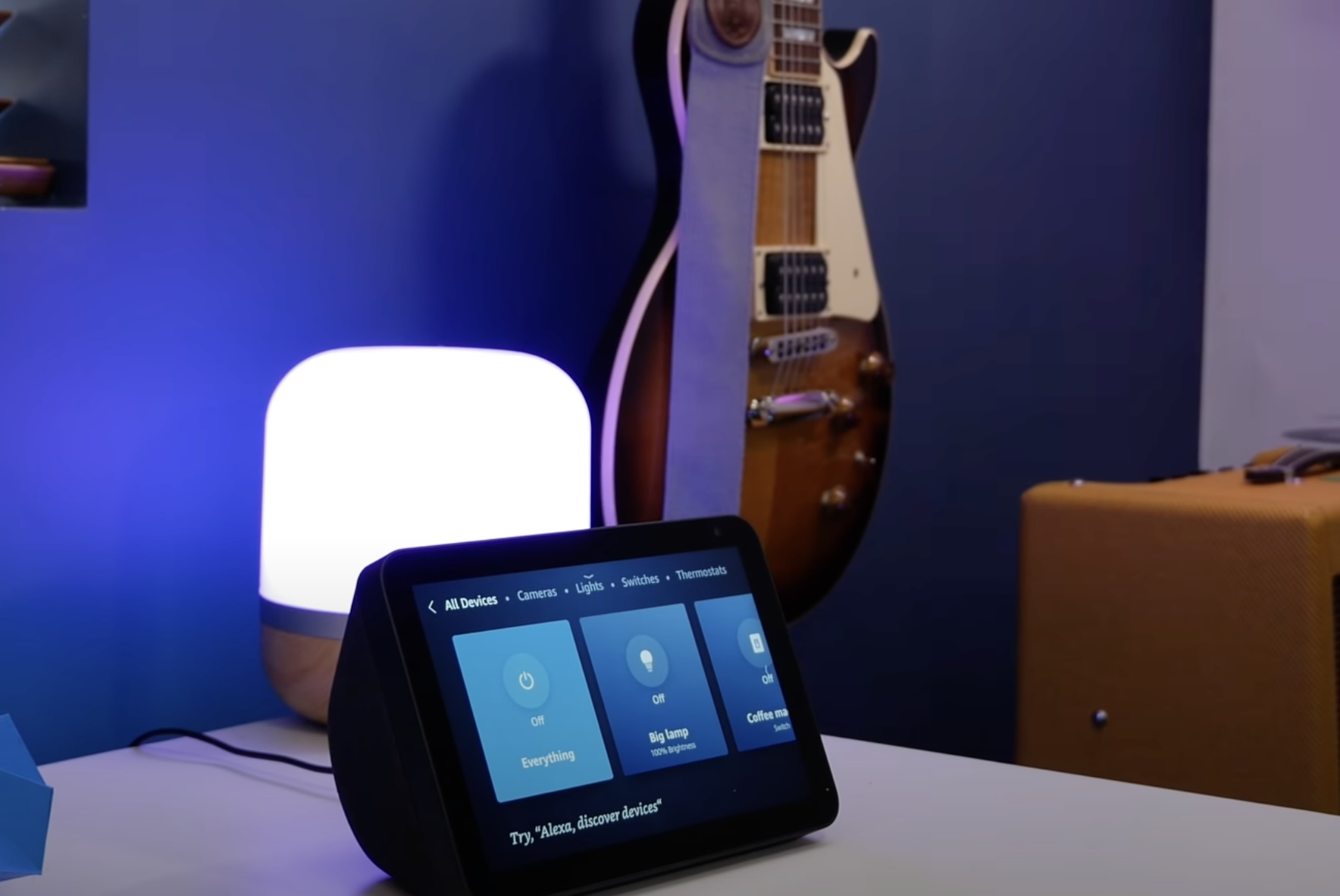
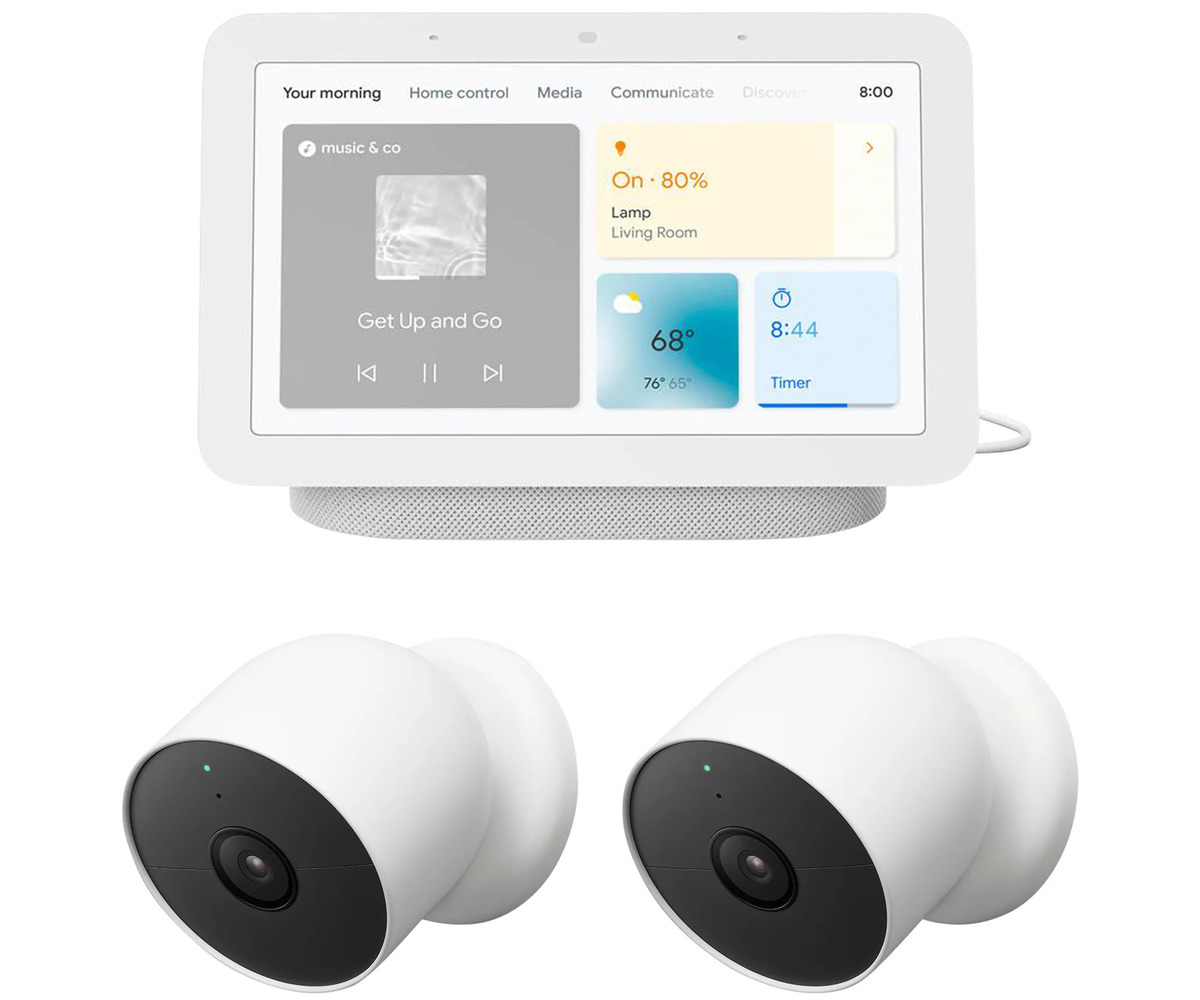
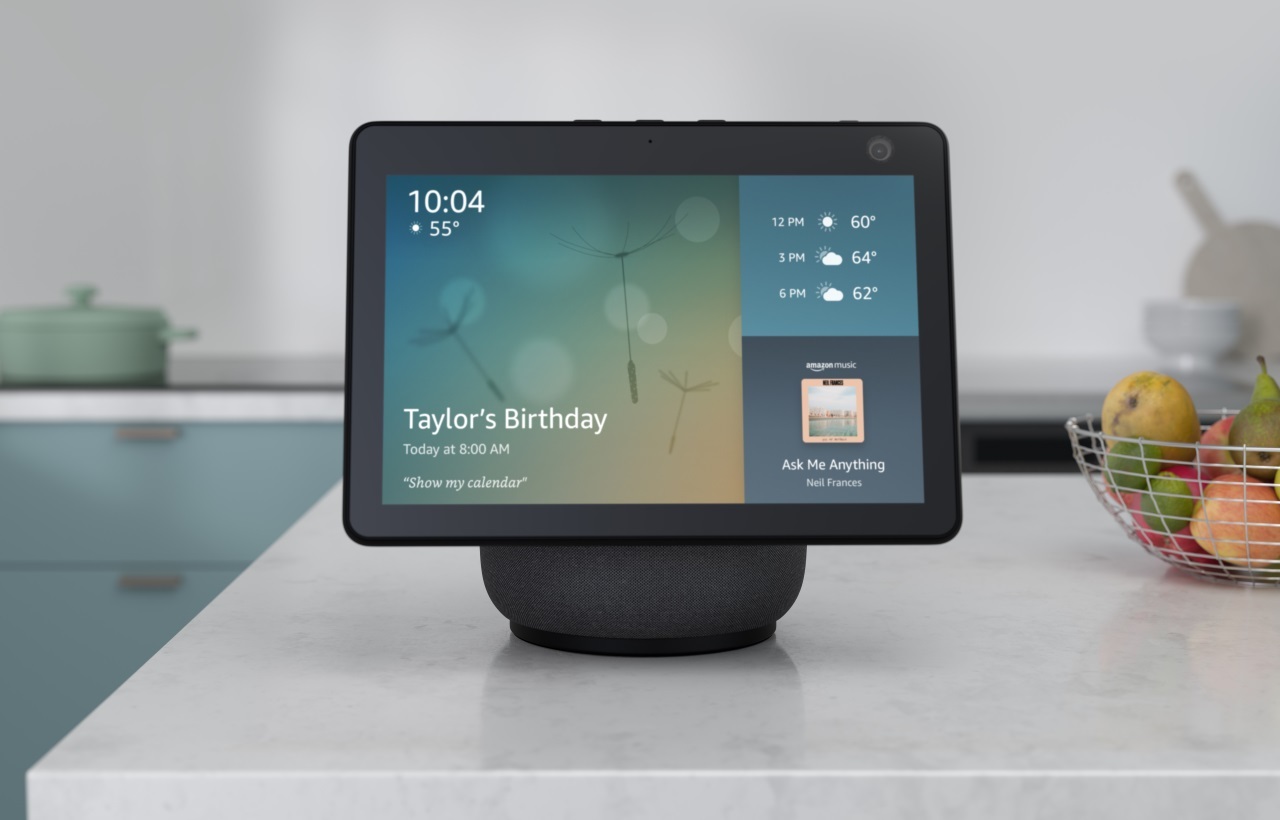
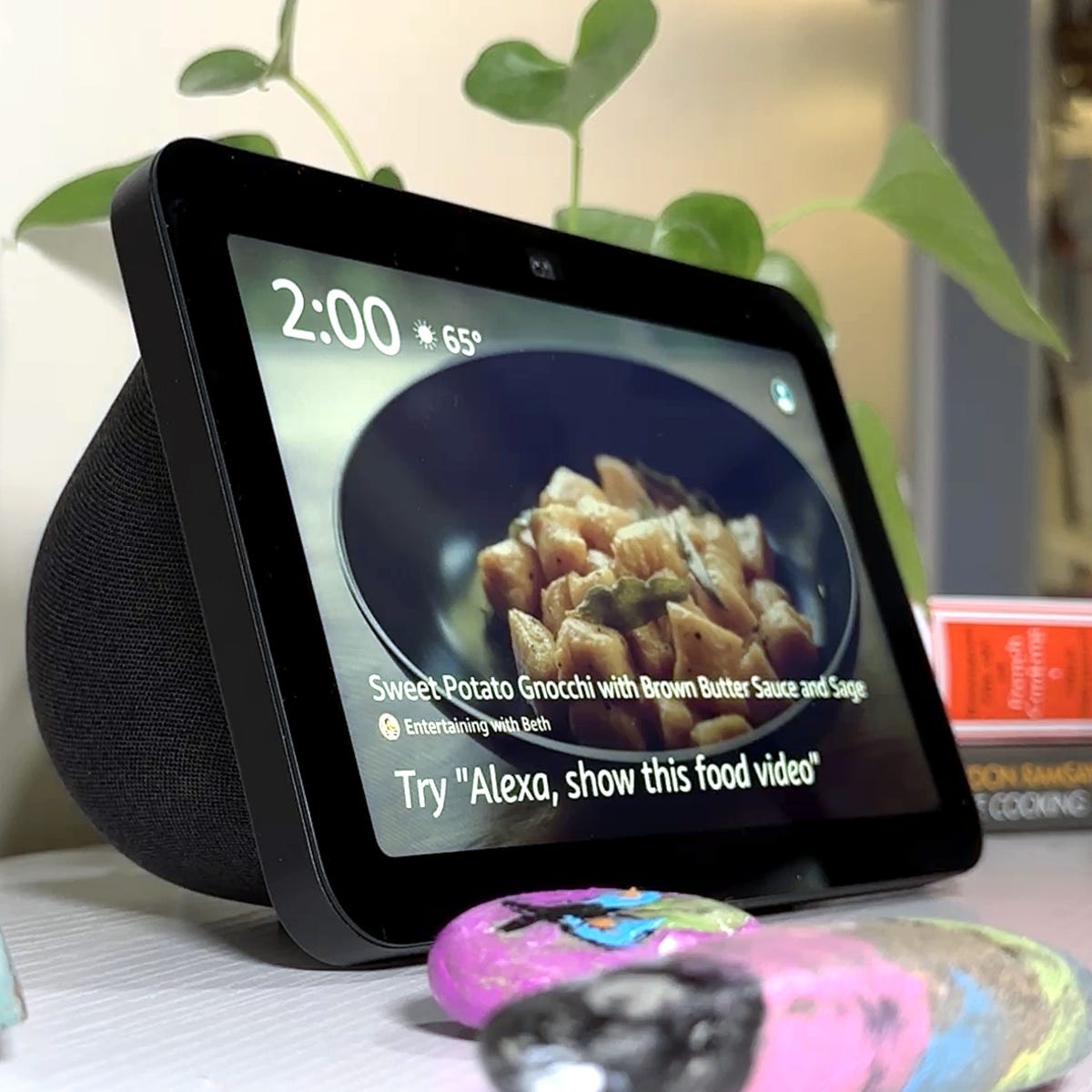
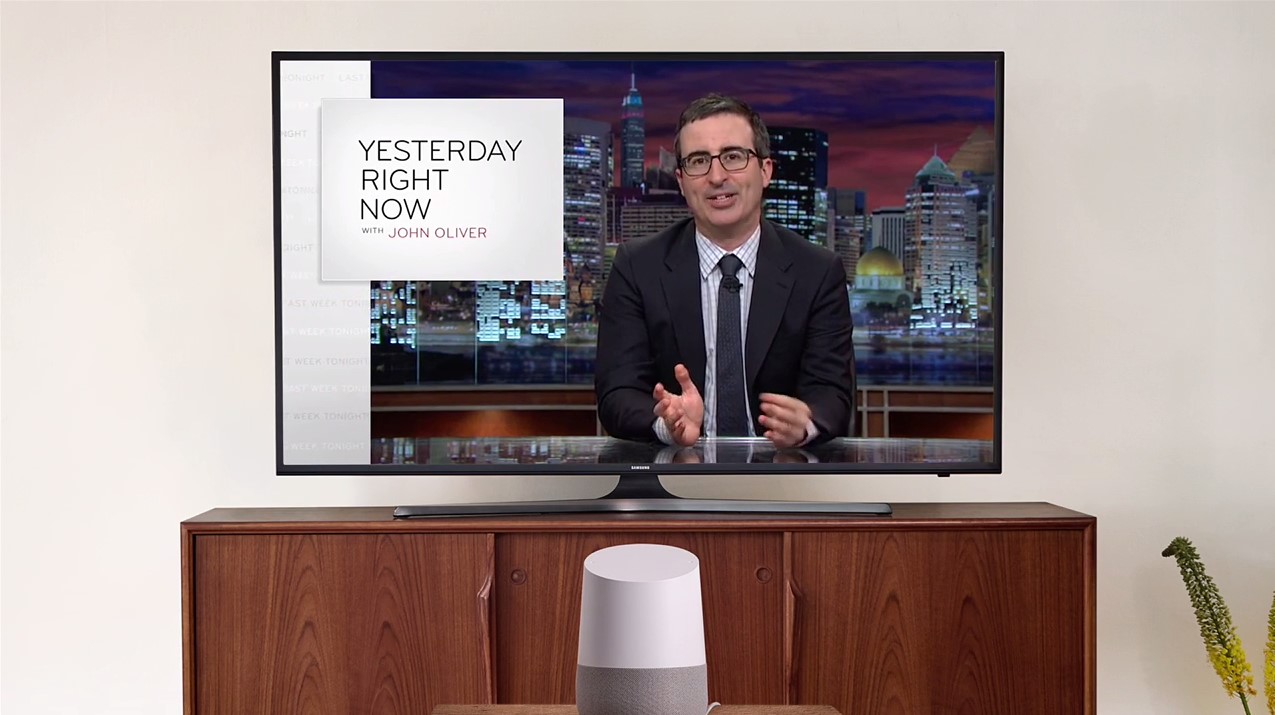
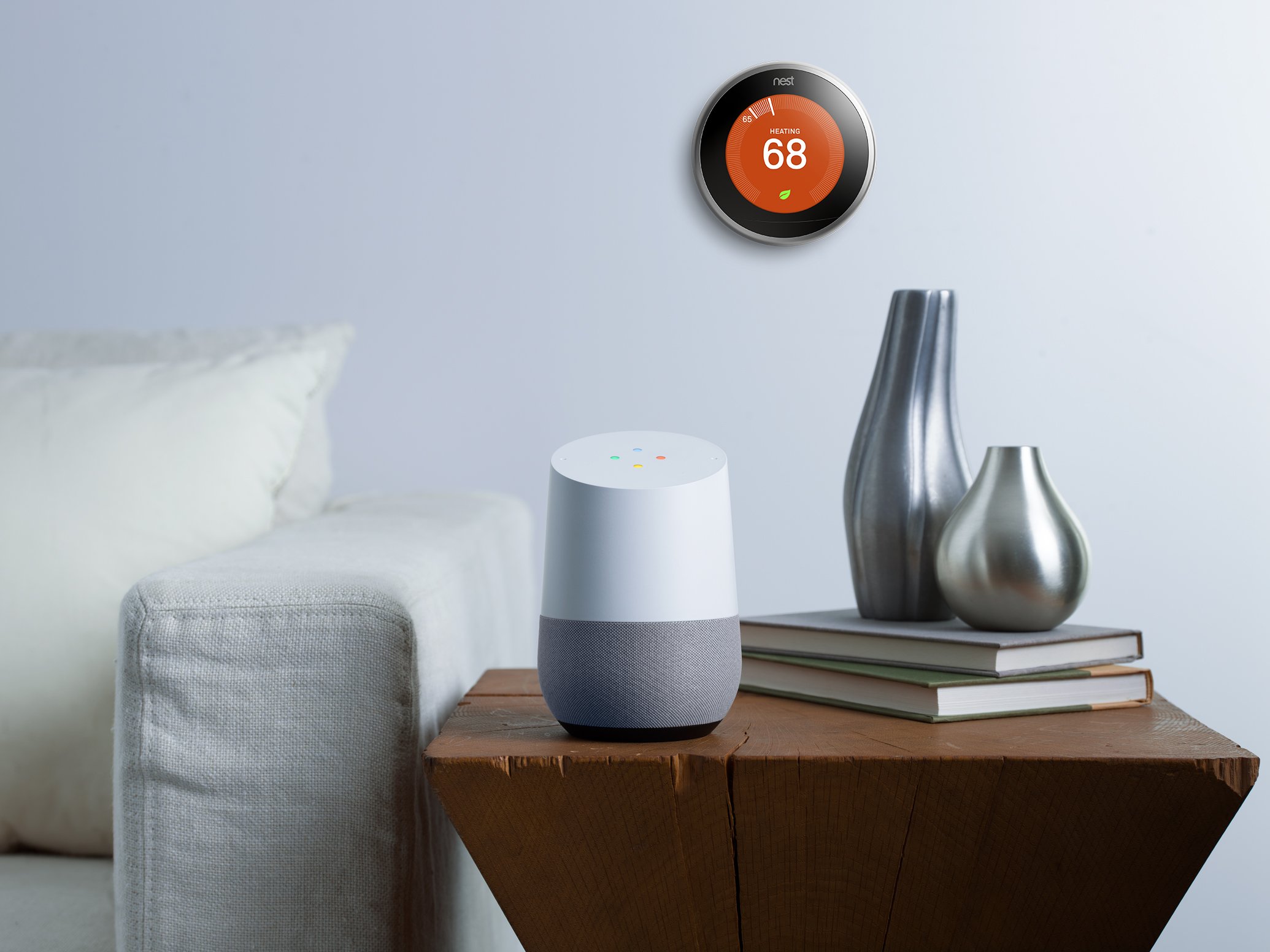


0 thoughts on “Which Is Better: Google Home Hub Or Echo Show”